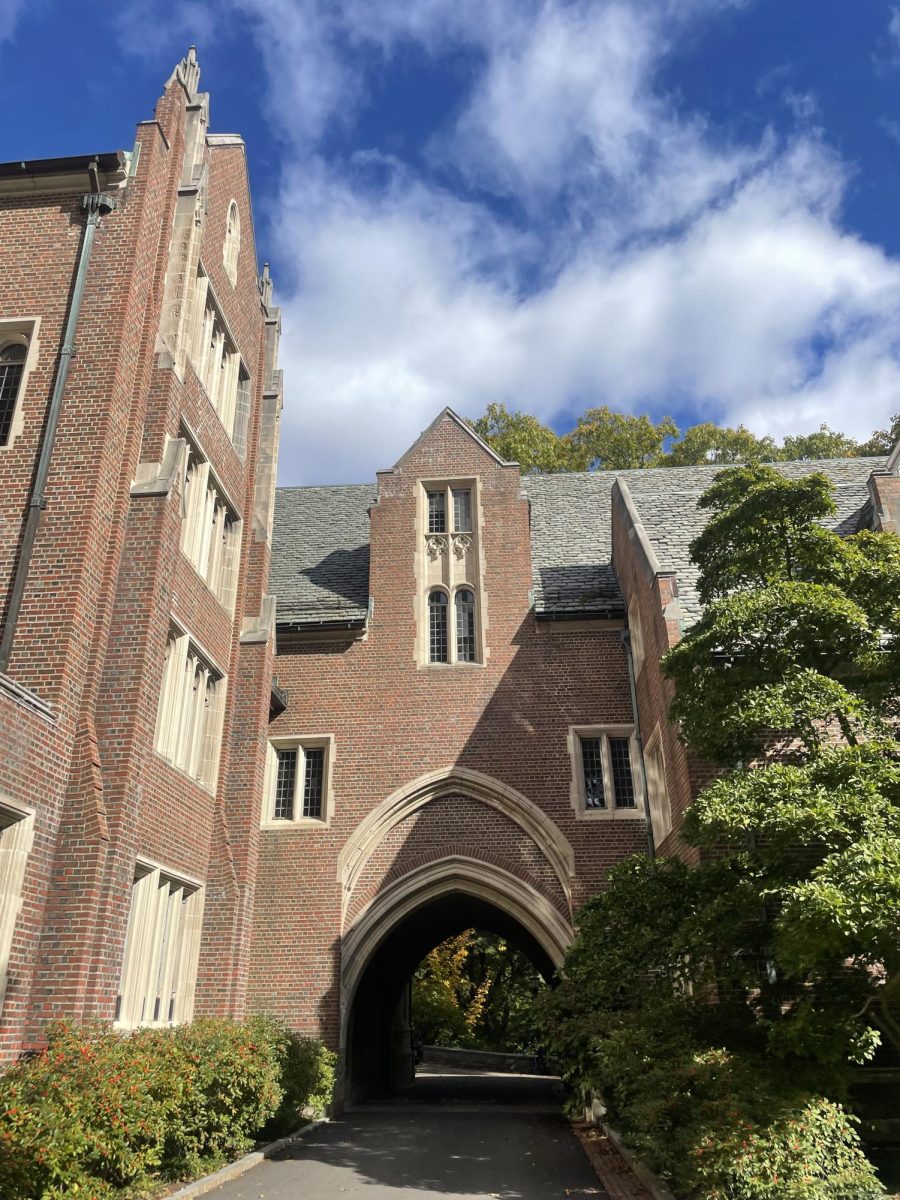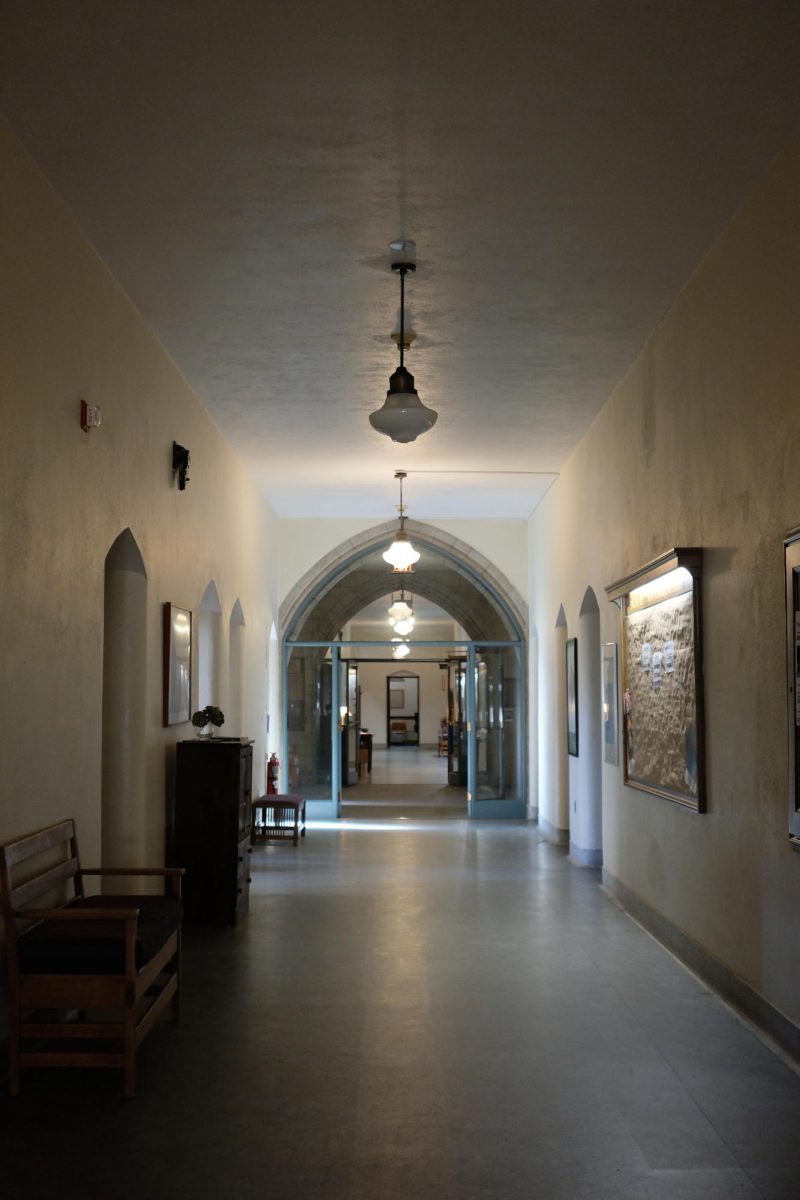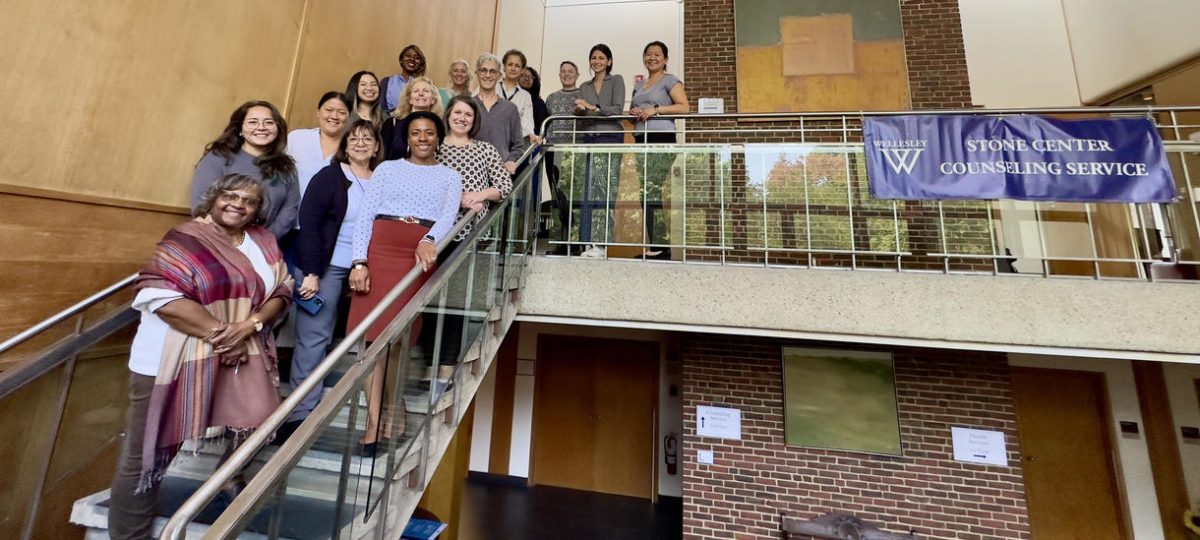As the Spring semester kicked off and students returned to the classrooms, they were greeted with limited places to eat and extra long lines at the Bae Pao Lu Chow dining hall located in the Lulu Chow Wang Campus Center.
Especially on busy days, students have expressed frustration about having to wait for at least 30 minutes in order to use the buffet lines.
“Lulu lines are the worst,” said Luna Do ’25. “Imagine walking from your 11:10-12:35 class to Lulu, starving, [not having] eaten breakfast … because you had an 8:30 or sacrificing that … time for sleep. You walk up to Lulu right after class ends, and suddenly there’s a line that spans all the way from the top of the dining hall floor to the second floor mailroom. And by the time you get up there, finally getting yourself some food, you find yourself in a position where there is no seating at all. Not even on floor three, not even on floor two sometimes too. It’s an exhausting experience.”
The extra waiting time has deterred many students, such as Jeeyeon Barnes ’22, from eating in the dining hall, which has had a negative impact on her eating habits.
“Usually when I see the lines I just go back to my dorm and eat whatever I can scrape together [because] my busy schedule and time constraints [don’t allow] me to wait in line,” Barnes said. “Since experiencing the dining hall this year, my eating habits have gotten much worse, and I don’t eat in the dining halls much which sucks considering how expensive the mandatory dining plan is.”
In order to address the long waiting lines at Lulu, Wellesley Fresh has implemented many changes to mitigate the issue. According to Lori Davidson, director of operations at Wellesley Fresh, this includes adding conveniently packaged lunches and breakfast items at select retail locations, increasing the visibility of signage to point students to other serving spots such as the Nook, and increasing digital displays outside service areas featuring items being served to allow students to plan ahead and expedite their time in the lines.
In the long run, dining service is also “explor[ing] some technologies that may assist transaction speeds in the dining hall,” said Davidson.
Students have also felt frustrated by the overcrowdedness at Lulu and the inadequate seating, which poses a health and safety risk for the community given the ongoing pandemic.
“With COVID still going on, I don’t think [the scarcity of seating] is a good idea because Lulu can get extremely congested, especially at peak times — and that’s how we end up with long wait times and no seating,” said Do.
According to Davidson, this shortage is due to seating code capacity regulations that need to be followed in all building spaces due to the pandemic. Although Wellesley Fresh is currently working on making the space accessible to more people, she also encourages students to take advantage of the Cow Chair room, which allows additional eating space for up to 10 students as of Feb. 23.
“We recently worked with facilities to swap out the larger tables for the four tops,” Davidson continued. “This provides the opportunity for more students to eat in the dining hall and feel … comfortable eating in smaller groups. We [also] expect that tents with outdoor seating will be installed as soon as the weather allows.”
Moreover, many students believe that the closure of Pomeroy dining hall contributed to the recent issues at Lulu.
“I think [one of the main problems is] that Lulu is the only dining hall for the Quint,” said Alicia Lee ’24. “The fact that they closed Pom and made Stone D into the kosher [and vegetarian/vegan] one made people who don’t want kosher come to Lulu and the lines are longer.”
Barnes, the house president of Pomeroy, echoes Lee’s sentiments, and as a resident of the Quint, she wishes the school would consider re-opening Pomeroy dining hall to students again. However, this is unlikely given that Pomeroy was a small dining hall that only served about 4% of the meals provided to students when it was still open.
“I do think the closure of Pom is one of the main reasons [for Lulu’s overcrowdedness],” Barnes said. “I know it’s been said many times that this isn’t the case, but based on what so many of my residents and peers have said, they would be eating a lot more if Pom was still open. The students of Wellesley have been having even bigger infrastructure issues and they haven’t done much for those [issues], so I don’t see why this more ‘minor’ issue would be taken much more seriously.”
Another solution students think would mitigate the overcrowdedness at Lulu is by providing takeout boxes to speed up the process and make room for more students who want to eat in the dining hall.
“They don’t have takeout plates at Lulu so the people who want to take out never can,” said Lee. “Stone D [and] Bates all have takeout plates, but Lulu is the only dining hall that always had little or none.”
To continue making the dining experience better for everyone, Wellesley Fresh requires that students swipe their OneCard upon entering the culinary centers in order to measure volume and plan effectively in order to expedite traffic flows. Students should also return dishes back to culinary centers to avoid spending extra money purchasing lost dishware and to prevent custodial staff from having to salvage dishes from res-halls and bring them back to dining halls.
Lastly, Davidson encourages students who have inquiries about dining services to communicate feedback in order to improve their experience.
“Please know the dining teams are always working their hardest to serve you the best way possible,” said Davidson. “Please utilize Text the Manager (TTM). Simply text your comments to 781-531-9113 and we will respond back to you!”






